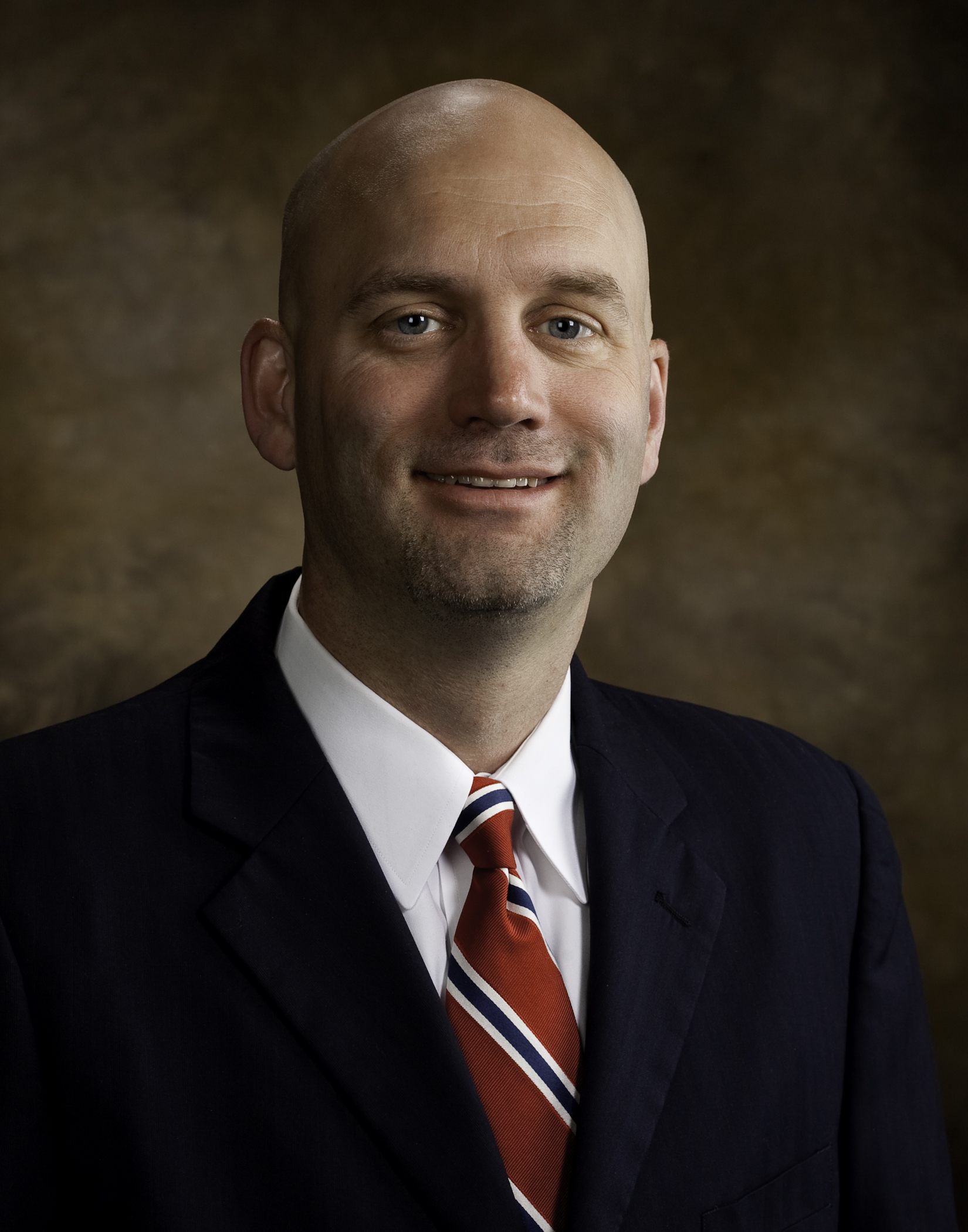Arkansas School Funding System Channels Resources to Disadvantaged Students

Gary W. Ritter, associate professor, Endowed Twenty-First Century Chair in Education Policy
FAYETTEVILLE, Ark. – The school funding system in Arkansas now aggressively targets additional resources to districts that serve disadvantaged student populations, a University of Arkansas study found.
Education policy researcher Gary Ritter, along with fellow researchers Nathan Gray and Joshua Barnett, through the university's Office for Education Policy, have been examining for several years how Arkansas lawmakers direct money to school districts.
“Arkansas is one of the few states across the country that purposely and aggressively gives more money and additional resources to districts with poor kids,” Ritter said. “Legislators are actually equitably allocating funds within districts. Arkansas is one of the highest ranked states in the nation with respect to equity of school funding.”
Gray agreed.
“The Arkansas funding formula intentionally channels additional money to schools with disadvantaged students,” Gray said. “We tested four or five different ways, and systematically, Arkansas is doing the right thing. Districts get essentially the same overall funding, and those serving the poorest students often get even more.”
In this study, however, Ritter, Gray and Barnett took this question one step further by examining the resource distribution from districts into the schools. Essentially, after finding that states fund progressively in favor of poorer districts, they asked whether districts are allocating their resources in favor of poorer schools.
In most states, the distribution of funds is tied to the number of teachers and the salaries they make.
“It might surprise some that money is not distributed to schools based on the number of kids,” Ritter said. “Roughly 60-70 percent of all school funding is tied up in people.” When money is distributed according to teachers’ salaries, because the more experienced teachers tend to gravitate toward “better” schools with higher pay, districts usually become inequitable in their funding.
To address the question of within-district equity, the team focused only on elementary schools and sampled only those districts with three or more schools to ask the straightforward question: do the schools that serve poor students receive more resources in terms of overall salary expenditures per student and per teacher than schools with fewer poor students?
Indeed, they found that schools with a large number of disadvantaged students do receive higher levels of funding per student. These dollars are used to employ a greater number of teachers, who have less experience and lower salaries than their peers in other schools. These schools also have relatively high numbers of instructional aides.
“Poor schools have more, less expensive teachers,” Ritter explained. “And rich schools have fewer, more expensive teachers.”
Thus, the team concluded that districts across Arkansas are doing a good job of allocating resources to schools with poor and minority students, but doing a poor job of ensuring that there are high salaries to draw teachers to serve disadvantaged students.
There have been 44 states that have experienced lawsuits related to funding gaps between rich and poor districts, including Arkansas.
Until 2007, Arkansas operated under a court order to provide “equitable and adequate funding,” as mandated by the state constitution. Policymakers have recently modified school funding legislative changes, and in May 2007, the Arkansas Supreme Court said that Arkansas has met the constitutional requirement and closed the case.
Ritter and his team presented their paper at the 2009 annual meetings of the American Education Finance Association and the American Educational Research Association.
Ritter is the director of the Office for Education Policy and holds the Twenty-First Century Chair in Education Policy in the College of Education and Health Professions at the University of Arkansas. Gray is a doctoral fellow in the department of education reform also at the University of Arkansas. Barnett is an assistant research professor at Arizona State University.
Topics
Contacts
Gary W. Ritter, associate professor,
Endowed Twenty-First Century Chair in Education Policy
Director, Office for Education Policy
College of Education and Health Professions
479-575-4971, garyr@uark.edu
Nathan Gray, doctoral fellow
Department of Education Reform
College of Education and Health Professions
479-575-4439, nlgray@uark.edu
Barbara Jaquish, science and research communications specialist
University Relations
479-575-2683, jaquish@uark.edu
Jessica Powviriya, intern
University Relations
(479) 575-5555, jpowvir@uark.edu
Headlines
Four Students Named Goldwater Scholars; Two Earn Udall Honorable Mentions
Four U of A students have received the prestigious Goldwater Scholarship, an award for top students in mathematics, science, and engineering.
Cross-Campus Collaboration Culminates in New Outdoor Geological Installation
Grand opening event to celebrate the new GeoLab installation at the U of A’s Gearhart Hall courtyard is set for May 3. The installation will be open to the public year-round.
First Students to Use Online Degree to Hone Nursing Leadership, Elevate Patient Care
Hanna Baxendale and Wendi Kimbrell will begin coursework in the Doctor of Nursing Practice-Executive Master of Business Administration program offered by the Eleanor Mann School of Nursing and Walton College.
Join the Office for Sustainability on a Final Cruise to Campus
Cruise to Campus Wednesdays have fostered a gathering space for individuals interested in biking to campus. Drop by the Old Main Lawn from 7:30-10 a.m. Wednesday for coffee, something to eat and conversation.
Fay Jones School Student Ambassador Program Gives Voice to Design Students
The student ambassador program at the Fay Jones School of Architecture and Design is built to connect top design students with their school, its alumni, its future students and others inside and outside the school.




